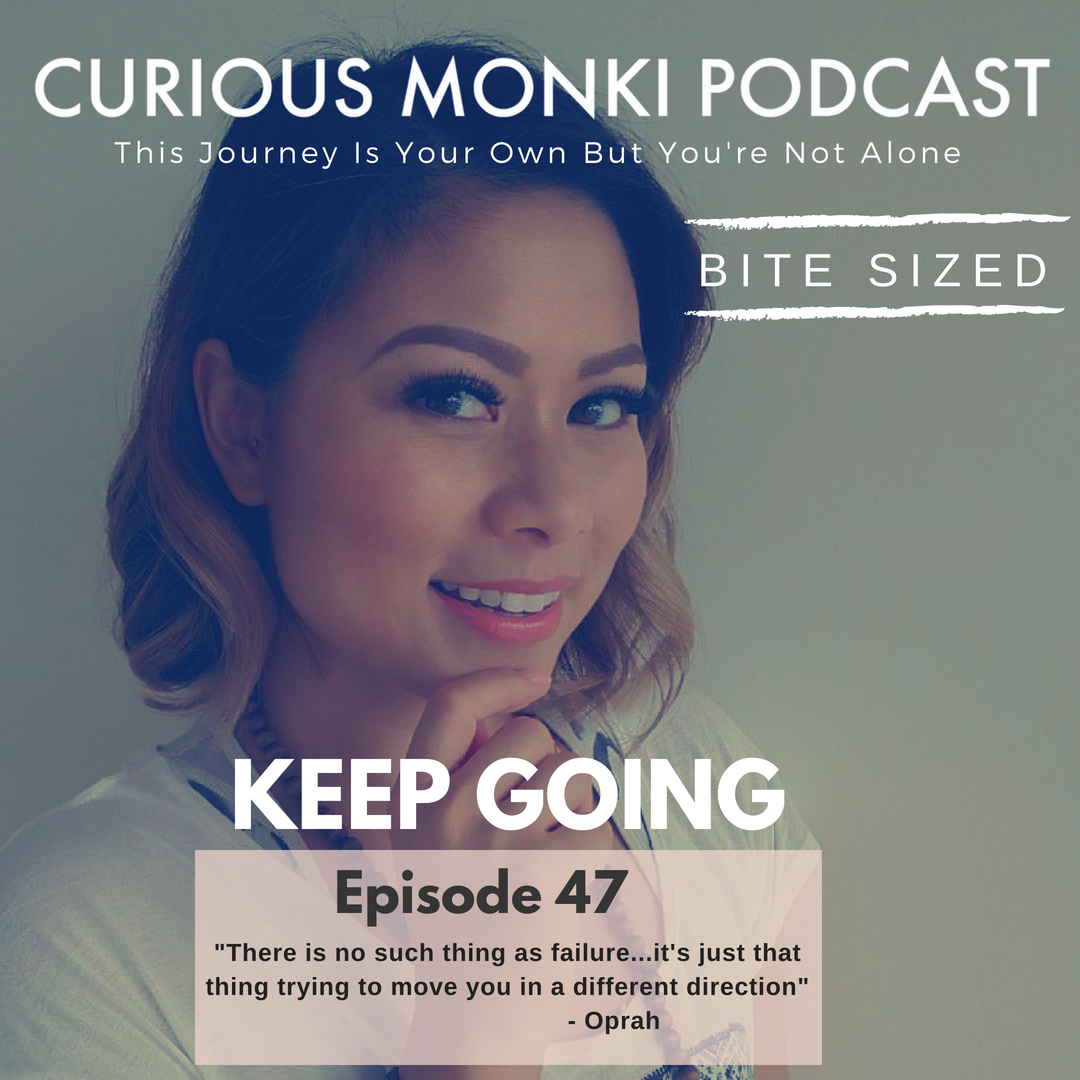There are many ways to understand the energy around us. In western philosophy, when we talk energy we use a scientific lens. We logically categorize each finding into its own tidy compartment: kinetic energy, potential energy, thermal energy, chemical energy, gravitational energy…(yes, I loved my science courses * nerd face * 😉 ) We try to create something tangible out of the unseen – and I’d say we’ve been quite successful at it! We take these concepts to help us understand the world around us – another thing that science has been quite successful at too! But that’s not quite what I’m interested in learning these days when it comes to energy. I’m more interested in the deeper workings of energy within ourselves – not just how something works but the big picture of how everything integrates together (mind, body, spirit). This is where systems of Eastern Philosophy can help! Today we talk about how energy flows within ourselves based on Chinese Medicine. Caitlin Donovan, an acupuncturist, herbalist and face reader with a Master's degree in Chinese Medicine is here to teach us all about it. As Caitlin puts it - in our western world, we process information in a linear fashion whereas with Chinese Medicine everything happens in a circle. You need to see all parts together to understand the picture.
Key Nuggets:
Acupuncture (part of Chinese medicine):
The basic theory behind acupuncture is that your body is blocked in some places and empty in others. Acupuncture points are considered gates that can open or close the flow of energy (prana, chi…) in the body. If there is a blockage it must be opened and if there’s emptiness then the gate must be closed so that the energy can fill up.
The tool to perform acupuncture are tiny needles the size of a hair (takes 30 acupuncture needles to become the size the of a needle used to draw blood)
It’s not so much the needle that produces the healing effect but more rather the acupuncture point in which it is inserted
In acupuncture, the body is categorized into 12 different organs and there is a right and left side. Each side is totally symmetrical to the other. Whatever channel (or meridians) that run on one side is also on the other. Along these channels, there are the gates. The measure of these gates are standard in measurement but different on each body because we’re all different sizes. We measure based on reference points in our bodies. For example, we know that from our wrist to the elbows there are 12 points.
Chinese medicine
The overall guiding principle is the Yin/Yang theory.
Chinese medicine looks at where the natural balance of our body is not working. It’s not about “fixing” the problem but rather to restore the balance.
For example, we think that when we get colds we are unhealthy. But in Chinese medicine, it’s not bad to get colds as long as our immune system kicks in and we’re able to come back from the cold. Where there’s an issue is if something gets stuck and you get cold but you end up with a cough for 3 months
Chinese medicine is an umbrella of healing modalities that include
Acupunture + Moxa
Herbal Chinese Medicine
Qi Gong (cultivation of energy. We would say that tai chi is a form of qi gong)
Chinese massage
In the western world, we’re used to looking at systems in a linear fashion but Chinese Medicine is really more of a circle (you need to see the whole picture)
All of the modalities listed above are together and separate at the same time. It’s actually difficult to separate it out in our linear fashion that we’re used to.
Understanding herself through the lens of Chinese Medicine allows Cait to not feel guilty for what’s happening in her body. What Chinese Medicine has taught her is that her body can perform but sometimes needs help and that’s all okay. Takes the pressure away from the expectation to always be perfect even though you’re doing everything right.
It’s not always the big stories that we tell ourselves when we think “everything happens for a reason” and we start blaming ourselves – emotional blockage or something. Remember that energy moves in more than one direction: so if your emotional life can create physical symptoms in your body, then your physical body can also create emotional symptoms
Ex. If your solarplexus chakra is underfunctioning (or in Chinese medicine it is “cold”), then you may feel disconnected. You can use Chinese medicine to help “warm” the body up and bring it to balance. In this respect it was more of body balance issue than it was an emotional issue.
Oftentimes an ailment will be due to multiple reasons so taking a holistic approach is beneficial.
Face reading
A system that uses facial features to determine the basis of people’s personalities. It’s like an eastern philosophy of personality test that helps you understand yourself a little better.
Ex. Size and thickness of somebody’s eyebrows shows wood energy which indicates the level of passion or anger that they have.
You can even see what age people were when they went through traumatic experiences
Can be used to determine when you’re on your “golden path” (living your life’s purpose)
If we know ourselves well enough and trust ourselves and understand our natural predispositions, we can choose to do things that are naturally aligned with who we are and it costs much less energy expenditure to live our day to days. (as opposed to doing what outer influences expect us to do)
When we’re misaligned then we are using way too much energy than we have too and we are so drained. It feels like we’re doing all the right things but then we keep feeling a little off.
Energies include fire, earth, water, metal, wood
One of Your Biggest Lessons So Far:
Listen but don’t fix
What is one nugget of wisdom that you would share with fellow seekers who are on this journey of growth and transformation?
Caitlin wanted to share a piece of teaching from astrologer Tosha Silver – yes, you need to do the work and create momentum and move forward but also pay attention the crumbs that the universe gives you. Remember to adjust course as necessary. Sometimes what you dream up isn’t necessarily what will make you happiest
Links:
If you have any questions for Caitlin Donovan or want to learn more, connect with her through:
Website: caitdonovan.com
Facebook: facebook.com/caitlindonovanprague
Resource: Quiz to find out what your dominant element is, is available on Caitlin’s website.






















